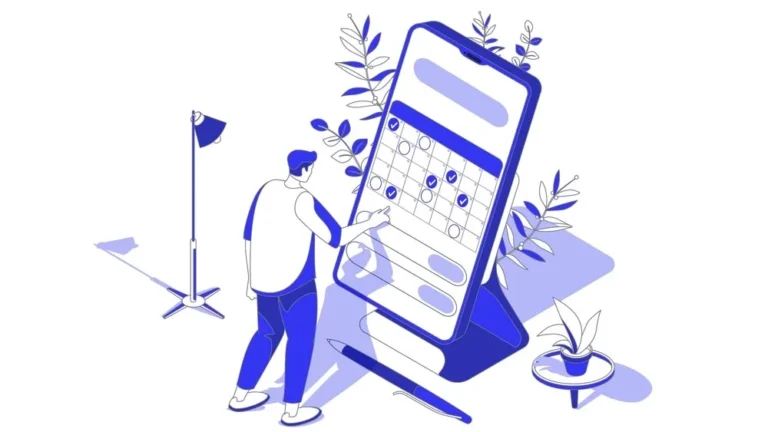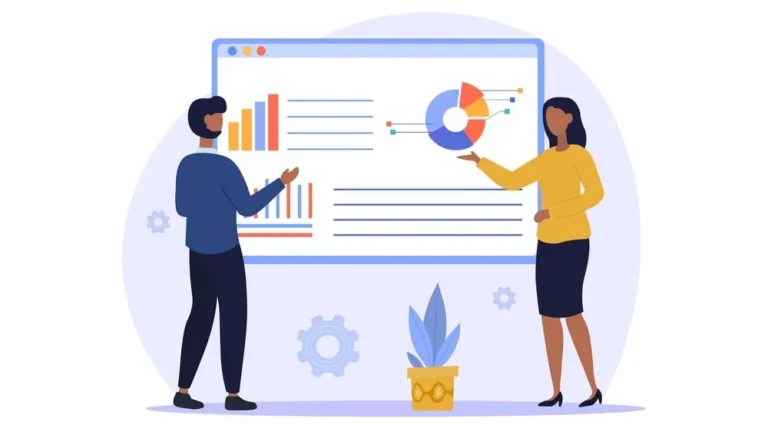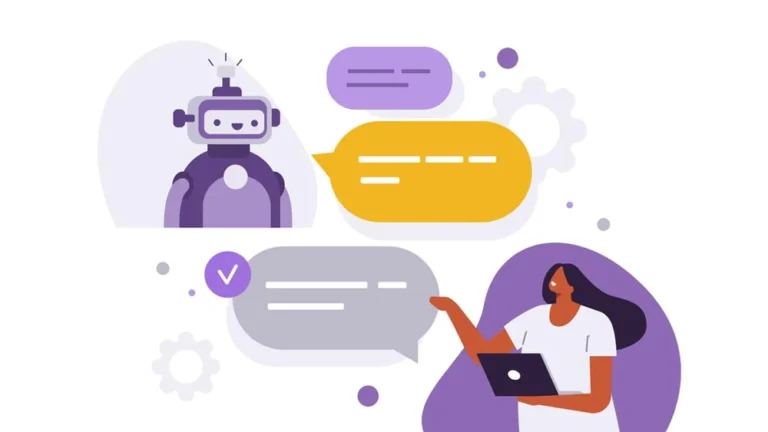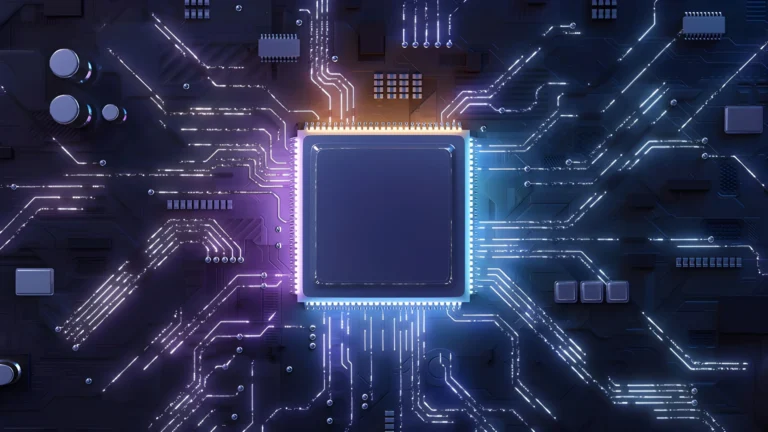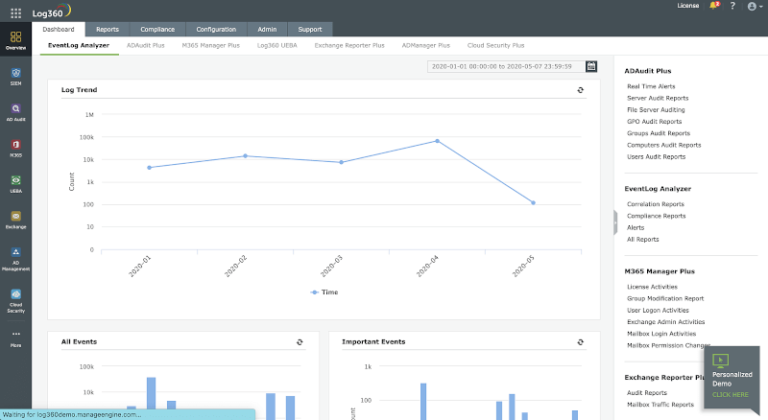How often are workers made to feel undervalued or unmindful of their presence in the workplace? In this fast-paced and high-pressure world we live and work in, it’s essential to restore a sense of value and contribution to employees’ work. Well-articulated recognition and reward programs can go a long way toward boosting employees’ morale and productivity and engendering a healthy work culture. But there’s a catch: some of the more traditional approaches to recognition are old hats. How will technology bolster these programs and drive a better workforce?
Recognition and reward programs are an extremely important part of an engagement strategy at work. They can engage and encourage employees, enhance their job satisfaction through recognition and reward desirable behavior, and allow employees who realize their importance to stay with an organization.
However, despite these benefits, successful recognition and rewards programs are hard for most organizations to implement. Annual awards and verbal acknowledgments are among the least effective techniques. And that’s exactly where technology plays its role, as often the general employee population doesn’t respond well to such a thing.
Technology: Unlocking the Potential of Recognition Programs
Contents
Technology and Employee Recognition Platforms
Employee recognition platforms can be much easier for organizations to implement through recognition processes. They can design specific recognition programs according to the values and objectives of the organizations, utilizing a global employee rewards platform to streamline these efforts. There will be instantaneous recognition of achievements, sharing of accomplishments among peers, and earning of rewards through an easy interface.
Many of these employee engagement platforms provide peer-to-peer recognition, that is, employees recognize other efforts. This helps in promoting a sense of community and cooperation among people at work. The effect of employee engagement software recognizing each other will help birth a spirit of teamwork and appreciation that can be spread throughout the organization.
Recognition Gamification
Gamification is a process of the application of game-like mechanisms into non-game contexts to attract and engage users. Organizations can apply gamification to recognition and employee reward schemes, thereby making them fun to work towards for employees. This would include point systems, leaderboards, and rewards accorded to employees through gaining badges for acquiring different levels.
Gamification does make recognition fun, but it also encourages friendly competition among employees. This, in turn, may boost the motivation and productivity of employees as they work to achieve specific rewards and recognition for their efforts.
Mobile Accessibility
The recognition programs have to be available through any device. Mobile applications will provide employees with real-time notification on various events when the recognition happens, allow them to access available employee rewards, and participate in the various programs from anywhere. That way, work-life balance and personal discretion outside the workplace are ensured.
This may be critical in organizations with distributed teams or remote staff. On-time recognition creates an impression that all employees, regardless of location, matter. Through mobile technology, on-the-go recognition takes place instantly. This tends to be very conducive to instant culture appreciation, and that can cultivate employee morale improvement.
Immediate Feedback
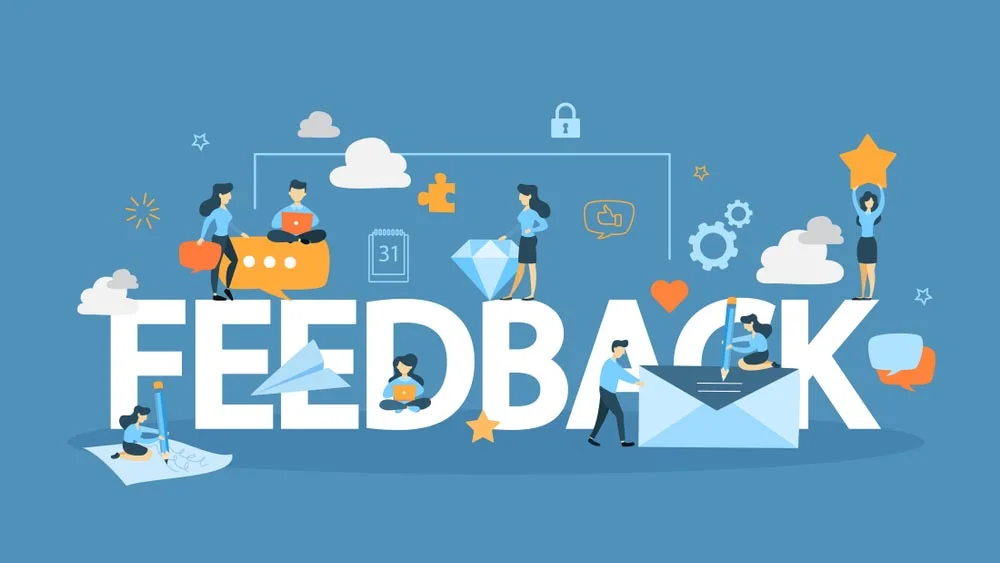
Technology can also be used for immediate feedback so that in the employees’ efforts, managers can immediately recognize and reward them. With employee engagement tools, managers do not have to wait until the annual review process or any formal recognition event to give employees immediate feedback.
Real-time feedback not only makes recognition programs more effective but also helps employees understand how their work aligns with organizational goals. This will help increase both engagement and motivation since the employee can appreciate the immediate result of what they are doing.
Personalization of Rewards
Personalization of rewards can also be incorporated by making use of real-time feedback. This may help employees know more about how their work aligns with organizational goals. It therefore maximizes engagement and motivation as employees see a tangible result coming from the effort they give. In this regard, employees who receive timely feedback feel closer to work and are more valued for their efforts.
A meaningful recognition experience does indeed have a way of going about personalization. Technology can help organizations build data on employee preferences which will consequently assist in tailoring rewards to interest. Gift cards, time-off, or experiences form part of personalization, through which significant recognition of effectiveness can be added to programs.
Leveraging Social Media
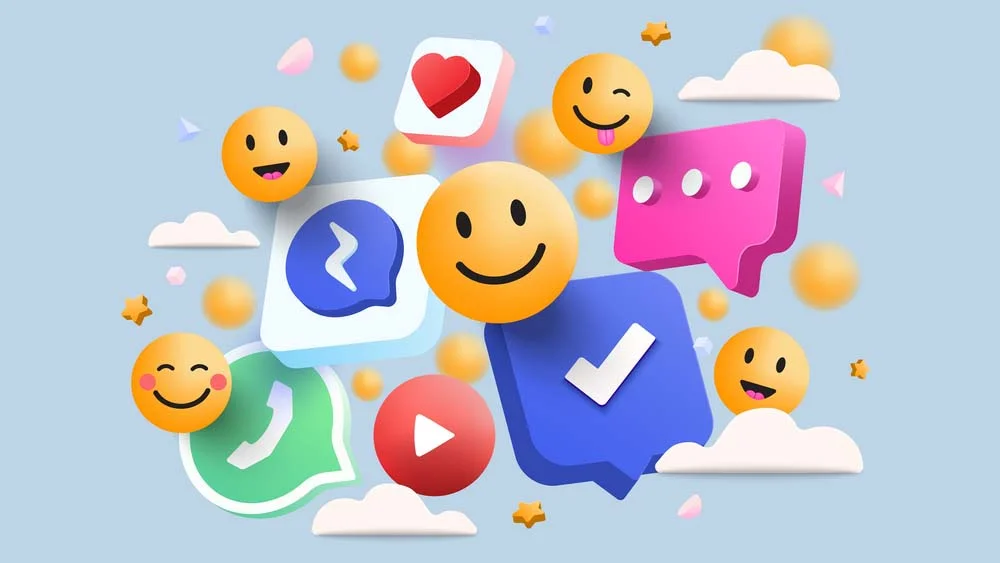
This traditionally pertains to the area of interaction and highlighting achievements on social media employee engagement platforms. Consequently, through social recognition, organizations can create internal social media channels where employees celebrate one another’s success. This encourages a feeling of community and engagement about recognition programs among employees.
Social recognition not only creates more visible individual achievements but also helps create an appreciation culture within the organization. Whenever employees notice their colleagues getting recognized, they are more likely to get involved in the program as well. A high social recognition culture can result in higher engagement and a better atmosphere at work.
Introducing Technology to Recognition and Rewards Programs
| Step | Description |
| Identifying Organizational Needs | Evaluate the specific challenges employees face to develop programs that resonate with them. Use surveys, feedback sessions, and focus groups to identify employee desires for recognition and rewards. |
| Selecting the Right Technology | Choose technology that is user-friendly, scalable, and integrates well with existing systems. Ensure the solution aligns with the organization’s culture and values. Involve employees in the selection process to foster acceptance. |
| Offering Training and Support | Provide comprehensive training to help employees feel comfortable with new tools and understand the recognition processes. Offer ongoing support to address challenges during implementation. |
| Measuring Impact | Regularly assess recognition and employee rewards policies through participation rates, employee satisfaction surveys, and overall engagement levels. Use data analysis to evaluate effectiveness and identify areas for improvement. Regular assessments help adapt programs to changing employee needs and preferences. |
Conclusion
Even recognition and employee reward programs need to leverage technology in order to better an engaged and motivated workforce. Some of the means through which platforms, gamification, mobile access, real-time feedback, personalized rewards, and social recognition enhance recognition initiatives from an organization and create a positive workplace culture are as follows.
In such an employee-enabling world, where employees look to have fulfillment and appreciation, investing in an effective recognition and rewards program is no longer a nice-to-have but rather a must.
To the extent that recognition becomes the sole focus, what the organization will consistently achieve is the feeling of being valued, motivated, and inspired in the employees towards the highest expression of contributive capability. Finally, recognition and rewards systems are well executed if they not only enhance employee satisfaction but also drive organizational success.
FAQs
- What is the importance of recognition and rewards programs?
Recognition and reward programs are crucial for enhancing employee engagement, morale, and job satisfaction. They help reinforce positive behaviors and motivate employees, leading to higher retention rates.
- How can technology improve recognition programs?
Technology can streamline recognition processes, making them more accessible and engaging through platforms that facilitate instant recognition, peer-to-peer acknowledgments, and gamified elements.
- What are employee recognition platforms?
Employee recognition platforms are digital employee engagement tools that allow organizations to create customized recognition programs, enabling instant acknowledgment of employee achievements and fostering a culture of appreciation.
